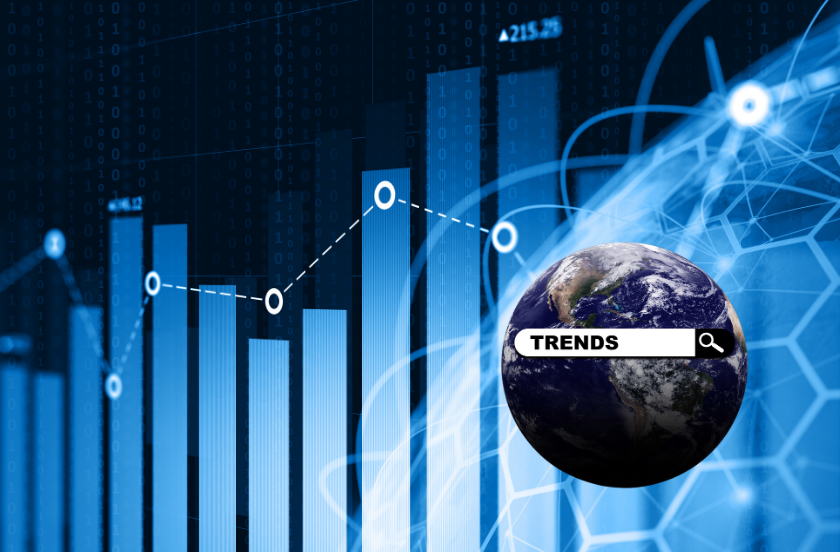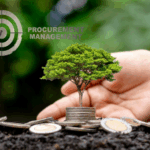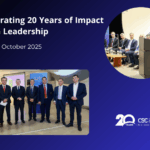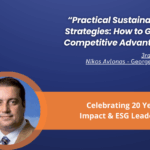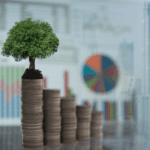As we step further into a decisive decade for sustainability, ESG megatrends in 2025 are fundamentally transforming how organizations operate, report, and compete. Based on over 20 years of global ESG consulting experience, including work with large multinationals and regional firms across sectors, I believe five megatrends are shaping the future of sustainable development—and determining which companies will lead or lag behind.
1. Climate Risk and the Financial Sector
One of the most profound shifts underway is the integration of climate risk into financial planning. Financial institutions, banks, and asset managers are embedding climate scenario analysis, stress-testing, and climate-related financial disclosures into their risk management frameworks.
-
In the European Union, the Corporate Sustainability Reporting Directive (CSRD) and its European Sustainability Reporting Standards (ESRS) mandate climate risk disclosures (European Commission).
-
In the U.S., the Securities and Exchange Commission (SEC) has proposed climate disclosure rules, reflecting increased investor pressure and growing emphasis on risk transparency (SEC Press Release).
Companies that proactively assess and disclose climate exposure will be better positioned to manage risk, access capital, and protect long-term value.
2. The Rise of AI in ESG Reporting
Artificial Intelligence has become a core enabler of ESG data collection, reporting, and assurance. AI is increasingly used for:
-
Real-time emissions tracking using IoT sensors and machine learning
-
Automating scope 3 emissions calculations
-
Conducting double materiality analysis through natural language processing
Innovative platforms like Datamaran, Persefoni, and Normative are at the forefront of this transformation, with projections showing that over two-thirds of ESG leaders plan to integrate AI tools into their reporting processes by 2026.
Still, ethical concerns remain central. ESG professionals must ensure the transparency, auditability, and regulatory compliance of AI tools—particularly under frameworks such as CSRD Article 6 and ISAE 3000.
3. From Greenwashing to Green Evidence
Greenwashing is no longer just a marketing misstep—it’s a legal and financial risk.
-
The EU Green Claims Directive mandates that environmental claims be clear, science-based, and independently verified (EU Green Claims Proposal).
-
Global ESG litigation is rising sharply, targeting unsubstantiated net-zero claims and vague sustainability marketing.
Today, companies are expected to back ESG claims with verifiable data, independent audits, and science-based targets. This shift is fostering a more credible and competitive sustainability landscape, where companies that prioritize transparency are rewarded.
4. CSRD and Double Materiality as the New Global Norm
The CSRD introduces the principle of double materiality, requiring organizations to disclose both:
-
Financial materiality: How sustainability risks impact the company
-
Impact materiality: How the company affects the environment and society
This framework goes beyond traditional reporting—it shapes strategic decision-making and risk management. Non-EU companies with significant operations or revenue in Europe will also fall under CSRD obligations by 2028.
By embedding double materiality assessments into corporate strategy—not just compliance—companies can sharpen ESG priorities, improve stakeholder engagement, and strengthen resilience.
5. The New ESG Economy: Skills, Jobs, and Regulation
We are entering a new phase of the global economy, driven by over 730 active ESG-related regulations worldwide (tracked by Datamaran). This regulatory evolution is shaping workforce demand across roles in:
-
ESG assurance and climate risk analysis
-
Carbon accounting and sustainability reporting
-
Regulatory compliance and ESG strategy
The World Economic Forum lists sustainability and ESG-related roles among the top 10 emerging professions of the decade. Global training initiatives—such as IEMA certifications, Certified Sustainability Practitioner Programs, and CSR Training Institutes—are rapidly scaling to meet demand.
Upskilling internal teams and embedding ESG fluency across departments are becoming competitive imperatives for organizations navigating this transition.
Final Thoughts
These five megatrends are not just trends—they signal a systemic shift in how businesses operate and grow. ESG is moving from peripheral to central, from compliance to strategy.
For professionals navigating this space, the question is no longer whether to act, but how to lead. Aligning your sustainability strategy with these evolving forces will define future-proof success in the coming years.
If your organization is preparing for CSRD, integrating AI into ESG workflows, or building internal sustainability capability, I’m happy to recommend tools, training programs, or frameworks tailored to your region or sector.
